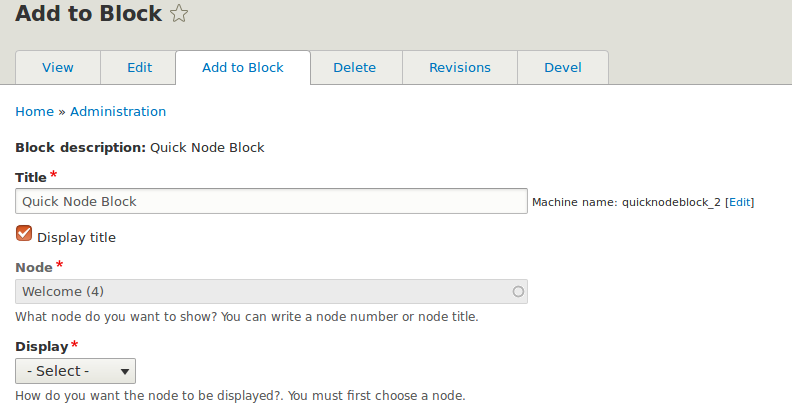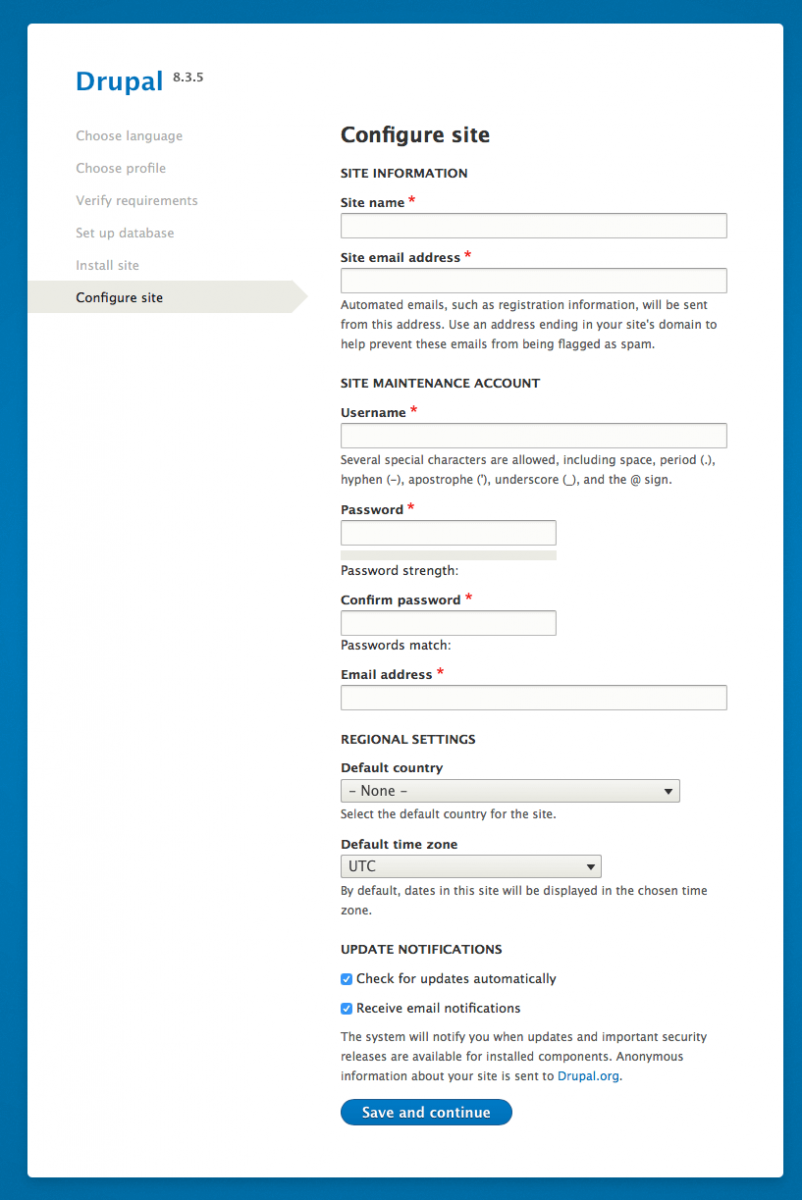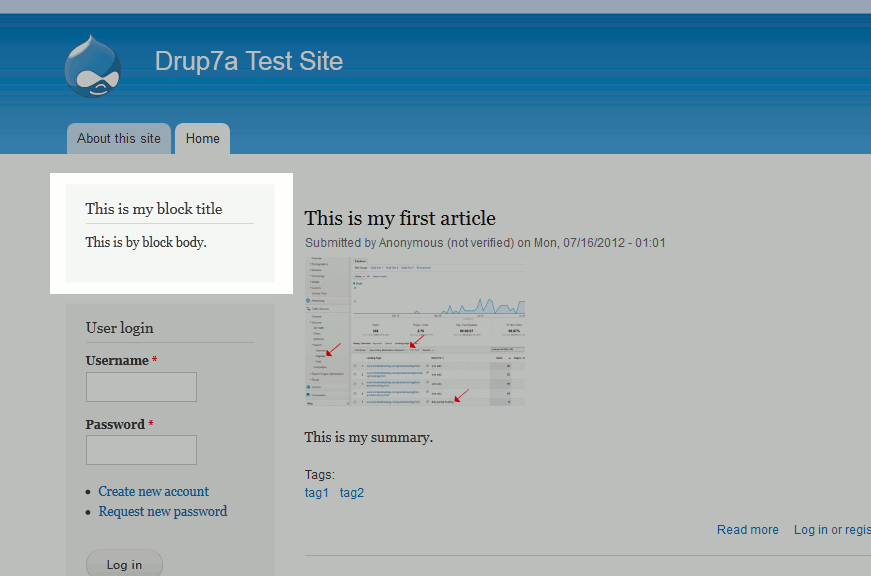
By setting up a htaccess to limit access to WordPress login functions, you can stop most brute force attacks. htacess you are enabling the HTTP authentication tools built into the Apache web server. Technically, when you add these directives to.

Many people refer to it simply as password 'protecting a directory' or site with. You are probably already familiar with HTTP AUTH. Simply by blocking access to the login and admin areas using HTTP Authentication, you can add an additional layer of security.

However, in my experience brute-force and XSS attacks against WordPress are common exploit tactics.
#Block access to drupal login with htaccess code#
Some of these are complex and require server level or code level changes. WordPress actually has a great list of WordPress hardening tips. Even if you have good password policies and use password management tools (personally I prefer Keepass and/or Enpass), simple passwords slip through.īy adding an extra layer of security to your systems, you can stop WordPress brute force attacks. As a result, low security passwords get put into production. You may think that such attacks would fail, but they exploit one of the weakest links in the security chain: You. In these attacks, botnets try to guess your admin password.

While there are many sophisticated attacks against WordPress, hackers often use a simple brute force password attack. Hackers try to compromise WordPress installations to send spam, setup phishing exploits or launch other attacks. WordPress’ popularity not only attracts bloggers but also hackers.


 0 kommentar(er)
0 kommentar(er)
